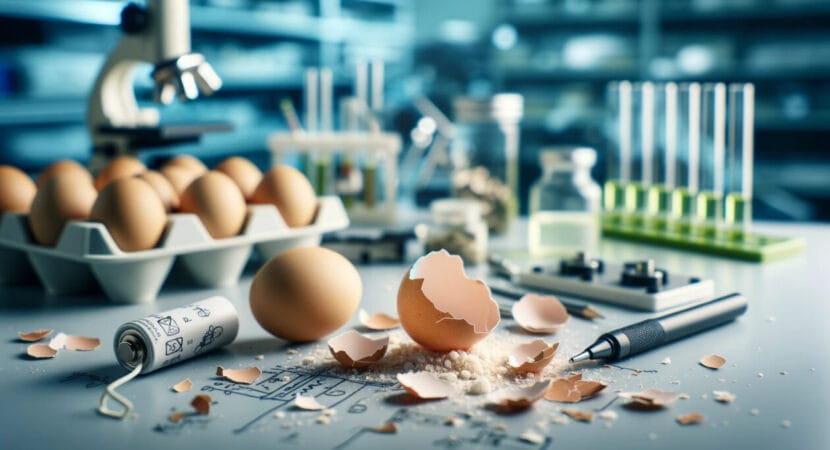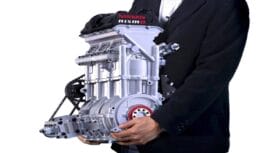
Researchers make an innovative discovery by identifying a promising new material for storing energy in batteries, using chicken eggshells. Learn more about this significant advancement.
Researchers have dedicated consistent efforts to finding more efficient and sustainable solutions for energy storage. Recently, a significant breakthrough was achieved with the discovery that chicken eggshells can play a crucial role in the development of rechargeable battery systems. This innovation promises not only greater safety and sustainability, but also a reduction in associated costs, as revealed by recent studies in the area.
Eggshells can be used as electrodes
The Associate Professor of Murdoch University, Manicham Minakshi Sundaram of the Harry Butler Institute's Center for Water, Energy and Waste, has successfully developed a new mechanism coupled with electrode and electrolyte materials, delivering an alternative to the expensive and impractical energy storage technologies of the past and present .
According to Minakshi, it was discovered that chicken eggshells can be used as electrodes, that is, a conductor of electricity, to power batteries. Eggshells have a high level of calcium carbonate and, when they are cooked and crushed, their chemical composition changes and they become a efficient electrode and a more efficient energy conductor.
Understaing the process
According to the researcher, the current lithium ion batteries used for the storage of renewable energy typically use fossil fuels and the reuse of a bio-waste product such as eggshells can add considerable value to the renewable energy market.
They also offer a potentially safer option, as current lithium battery technologies are high cost and potentially unsafe in the event of a failure. At a time when the world continues to prioritize renewable energy sources, this advance marks an important step, offering hope for a greener and more sustainable future.
Eggshell contains a number of active chemical compounds
The study, carried out by Minakshi for her doctoral thesis at Flinders University, focused on developing sustainable electrodes for water-based energy storage technology.
The implications of this study go beyond scientific discovery, according to Minakshi, who stated that chicken eggs and related products are used in large quantities in the food processing and manufacturing sectors, in households, in the nutrition industry and even in industrial pharmaceutical, however its peels are normally sent as solid waste to landfills.
However, eggshells and eggshell membranes have a number of active chemical compounds that can be used. Minakshi says the reversibility of this new approach allows for more efficient energy recovery and storage, and the study demonstrates that highly conductive aqueous lithium and sodium electrolytes, with varying salt concentrations, have the potential to replace current non-core primary batteries. rechargeable. The discovery promises high energy capacity, a long life cycle and an affordable price for aqueous batteries.
Applications of the discoveries are countless
By incorporating suitable additives such as biodegradable redox polymers, titanium boride or sulfide (TiB2, TiS2) or bismuth oxide compounds (Bi2O3), electrodes can be modified to improve their performance.
The potential applications of this discovery are enormous, according to Minakshi, highlighting that it would be possible to transition from a linear economy to a circular economy, reducing, reusing and recycling waste, improving sustainable development and addressing waste management.
Studies on sustainable electrode materials have also been expanded to other biological waste, including chitosan derived from crustaceans, mango seed skins and grape pomace generated from wineries. From these biological residues, N-doped carbon was obtained, which presents excellent electrochemical performance.












